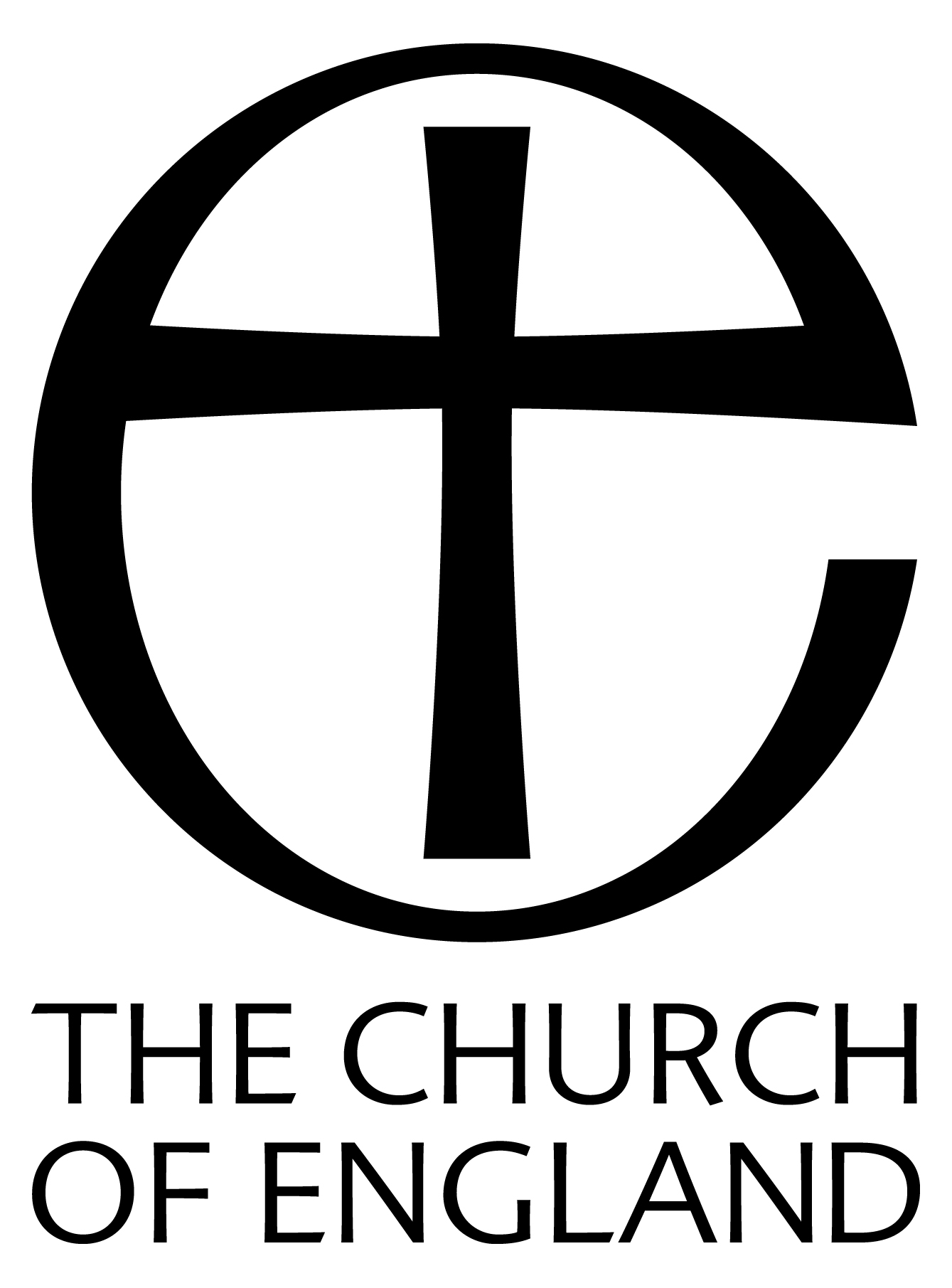51
who, in 1843, requested a portion of the churchyard to make the lockpit for the projected Victoria Dock. The negotiations took four years, and finally a sum of £1,800 was accepted, the Company agreeing to build" a sufficient wall with Iron Palisading," and also undertaking" All expences and responsibilities attending the removal of the bodies, Vaults etc." These were the days of the body snatchers, and railings had replaced the old high walls, so that their activities might be observed.
The loss of part of the churchyard necessitated a new ground. Eventually it was decided to accept an offer of the Corporation of Hull" of a close of land on the North side of the Hedon Road." In addition, a further acre and a half was available from several members of the Grimston family. The land was secured and in September, 1848, it was decided to erect a sacristy and lodge.
This new cemetery has been a source of concern and embarrassment since its inception. Scarcely had it been purchased before it was suggested that it should be taken over by the Corporation without compensation. The frontage of the ground was never consecrated, and in 1883 an Act of Parliament was obtained to sell this, after reserving a space for a church and parsonage. The proceeds of the sale, after expenses, had been deducted were to go:- £1,000 to the Corporation, acting as the Burial Board, the rest to endow the new church and to improve the endowments of both St. Andrew's and St. Peter's. The sale was never proceeded with, and in 1890 an action was started by the solicitors concerned to recover their fees, so that when the land was sold no money was available for endowment purposes. There were other irritations to face, such as complaints about the state of the graves and their upkeep, and on occasion it was the sexton's language which was at fault. The ground was finally closed in 1929, and the sacristy demolished two years later. It has now been taken over by the Corporation, and will be turned into a garden
.
|
52
A SUCCESSION OF VICARS
To return to the history of the parish. Henry Venn's successor, J. A. Wanton, stayed at Drypool for ten years, but the next eighteen years saw a succession of vicars, two of whom-John Blomfield and Alexander Baring Gould, relative of the better known Sabine Baring Gould-stayed for only a year. In 1857 came Lorenzo Moore, a retired Indian Army officer, who after service in that country, where he married, returned to Cambridge, took his degree and was ordained at Peterborough in 1851. He came to Drypool in 1857 and stayed until 1860.
THE NEW VICARAGE
We have already seen from Henry Venn's description that the vicarage, situated off Dansom Lane, near to the Sutton Drain Bank, was both inaccessible and also dilapidated. After Moore's departure, his successor, Charles Campe, undertook the sale of the old house and the purchase of a new one. In a memorial presented to the Archbishop, the parishioners state that this was one of the reasons for the parish" having materially suffered from the repeated changes of incumbents." The house was sold for £600, and a new house, the property of the Reverend R. W. Elliot, of Slingsby, was secured for £820. This house had been built by Mr. Elliot's father and was in the occupation of Mr. Francis Reckitt. It was situated in East Parade, on Holderness Road, at the corner of the present Franklin Street.
CHANGES AT THE PARISH CHURCH
In November, 1865, Mr. R. Field, Churchwarden, presented the parish with an electra-plated flagon, and to this was added a " complete Communion Service" four years later.
|

